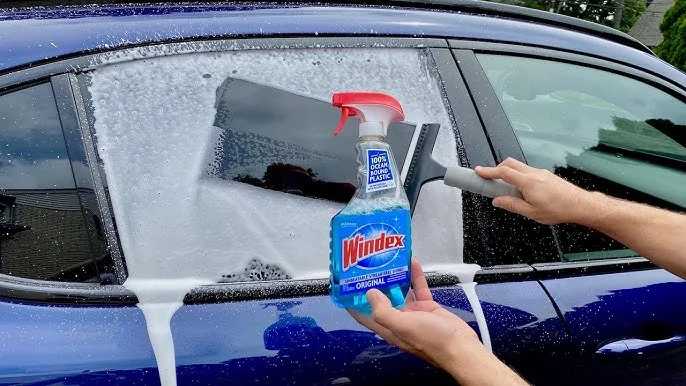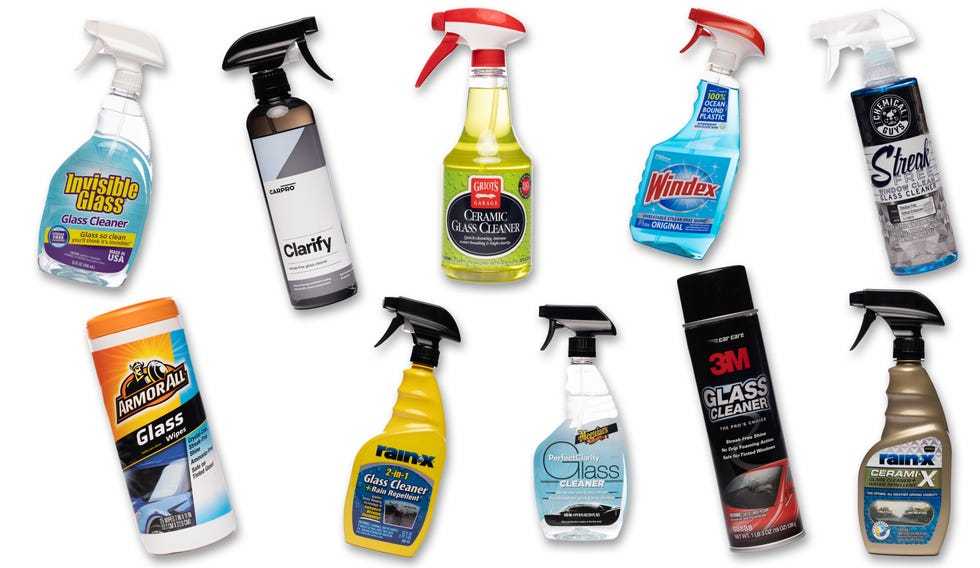Laminated glass generally offers superior safety and security, while heat-strengthened glass provides increased strength and resistance without the same level of safety features. The choice between the two depends on the specific needs for safety, durability, and cost. Laminated glass is ideal for environments where impact resistance and security are paramount, whereas heat-strengthened glass is better suited for applications needing enhanced strength without the full safety features.
In the debate between laminated glass and heat-strengthened glass, it’s important to understand their key differences in safety, strength, and applications. Laminated glass is designed for maximum safety and security, often used in car windshields and security windows, because it holds together when shattered. Heat-strengthened glass, on the other hand, is approximately twice as strong as regular glass and resists impact better but breaks into larger shards. Ultimately, your choice depends on your specific safety requirements, budget, and intended use.
Laminated Glass vs Heat Strengthened Glass: A Detailed Comparison
Introduction to Laminated Glass and Heat Strengthened Glass
Laminated glass and heat strengthened glass are two popular types of safety glass used in buildings, automobiles, and other places. Both offer enhanced safety compared to regular glass, but they have different properties and applications. Understanding these differences helps in choosing the right glass for specific needs.
What Is Laminated Glass?
Laminated glass consists of two or more layers of glass bonded together with a clear plastic interlayer, usually polyvinyl butyral (PVB). This construction makes the glass highly resistant to shattering. When broken, laminated glass tends to stay in place because of the plastic layer, preventing dangerous shards from flying freely.
Properties of Laminated Glass
- Safety: Remains intact when shattered, reducing injury risk.
- UV Protection: The interlayer blocks most ultraviolet rays.
- Sound Insulation: Provides better soundproofing than regular glass.
- Security: Difficult to break through, making it ideal for security purposes.
Common Uses of Laminated Glass
- Automotive Windshields: Ensures driver safety.
- Architectural Windows: Especially in buildings requiring safety and security.
- Glass Railings and Partitions: To prevent glass from shattering upon impact.
- Skylights and Doors: Enhanced safety in high-traffic areas.
What Is Heat Strengthened Glass?
Heat strengthened glass is made by heating ordinary glass to a high temperature and then cooling it rapidly, but not to the extent used in tempering. This process increases the strength of the glass, making it more resistant to impact and thermal stress than ordinary glass.
Properties of Heat Strengthened Glass
- Impact Resistance: Approximately two times more resistant than normal glass.
- Thermal Resistance: Better withstands thermal changes without breaking.
- Breakage Pattern: When broken, it cracks into larger pieces but less dangerously than tempered glass.
- Cost: Usually less expensive than fully tempered glass but more costly than regular glass.
Common Uses of Heat Strengthened Glass
- Facade Panels: For buildings requiring strong, impact-resistant glass.
- Balustrades and Staircases: To enhance safety without sacrificing aesthetics.
- Glass Doors and Windows: Where thermal and impact resistance is desired.
- Interior Partitioning: To prevent shattering upon impact.
Comparing Laminated Glass and Heat Strengthened Glass
Both types of glass serve safety functions but in different ways. Here’s a comparison based on key properties and applications:
| Feature | Laminated Glass | Heat Strengthened Glass |
|---|---|---|
| Shatter Resistance | Remains in place upon impact, less dangerous | Breaks into large shards, less safe than laminated |
| Impact Resistance | Highly impact resistant | Approximately twice as impact resistant as normal glass |
| Safety in Breakage | Won’t shatter into sharp pieces; stays bonded | Shatters into large, dull fragments |
| UV Protection | High level of UV blocking due to interlayer | No significant UV protection |
| Sound Insulation | Excellent soundproofing | Moderate, less than laminated |
| Thermal Resistance | Similar to regular glass but with some impact resistance | Better thermal resistance than regular glass |
| Cost | Generally higher due to layering | Less expensive than fully tempered but more than standard glass |
| Typical Applications | Automotive windshields, security windows, skylights | Building facades, interior partitions, balustrades |
Impact of Glass Thickness and Construction on Performance
The thickness of the laminated or heat strengthened glass influences their strength and safety features. Thicker laminated glass offers better impact resistance and safety. Similarly, increasing the thickness of heat strengthened glass enhances its durability against impacts and thermal stresses.
Multiple Layers and Interlayers
Using multiple layers in laminated glass can improve safety and soundproofing. The type of interlayer also affects UV protection, acoustic insulation, and overall performance.
Glass Dimensions and Design Considerations
Larger panes require thicker or layered glass to maintain strength. Designers also consider the overall aesthetic, infrastructure, and safety requirements when choosing between laminated and heat strengthened options.
Safety and Code Compliance
Building codes often specify safety standards for glass, including impact resistance, shattering behavior, and security features. Laminated glass is generally preferred for areas requiring high safety standards, while heat strengthened glass is accepted where thermal and impact resistance are needed but safety is less critical.
Certifications to Look For
- ANSI Z97.1 or EN 12150: For impact and safety standards.
- ASTM F1233: For security glazing applications.
Cost Considerations and Installation
Laminated glass often involves higher initial costs due to manufacturing complexity but offers superior safety benefits. Heat strengthened glass is usually more affordable and easier to install, making it ideal for large or complex projects.
Installation Tips
– Always follow manufacturer guidelines for installation.
– Use appropriate framing to support weight and stress.
– Regular inspection ensures long-term performance and safety.
Environmental and Sustainability Aspects
Both laminated and heat strengthened glass can be recycled, reducing environmental impact. Additionally, laminated glass with UV blocking layers helps reduce UV-induced fading inside buildings. Energy-efficient coatings can be added to both types for better insulation.
Energy Saving Benefits
Adding low-emissivity (Low-E) coatings enhances thermal performance, lowering heating and cooling costs. Choosing the right glass can contribute significantly to overall building energy efficiency.
Related Topics
Tempered Glass vs Laminated Glass
Tempered glass is another safety option, shattering into small, dull pieces, but it differs from laminated glass which remains bonded upon impact. Understanding the differences helps in choosing the most suitable safety glass.
Glazing Options and Coatings
Special coatings, such as reflectivity or anti-fog, can be applied to both laminated and heat strengthened glass to enhance their performance and aesthetic appeal.
Future Trends in Glass Technology
Advances include smart glass that can change transparency, self-healing glass, and eco-friendly interlayers, broadening application possibilities and safety features.
Each type of glass has specific strengths and limitations. Laminated glass excels in safety and security applications, while heat strengthened glass offers a balance between impact resistance, thermal stability, and cost. Proper selection depends on the project’s safety requirements, budget, and aesthetic goals.
Tempered vs heat-strengthened glass. Did You know
Frequently Asked Questions
How does the safety performance of laminated glass compare to heat-strengthened glass?
Laminated glass offers superior safety because its layers hold together if broken, preventing shards from falling. This makes it ideal for environments where security and injury prevention are priorities. Heat-strengthened glass, on the other hand, shatters into small, blunt fragments, reducing the risk of injury but not containing the broken pieces as effectively as laminated glass.
What are the differences in resistance to impact between laminated and heat-strengthened glass?
Laminated glass generally provides better impact resistance, especially when designed with thicker layers and specific interlayers like polyvinyl butyral (PVB). While heat-strengthened glass resists impacts more than standard annealed glass, it may not perform as well as laminated glass in absorbing and distributing the force from high-impact blows.
Which type of glass performs better in terms of weathering and UV protection?
Laminated glass can incorporate UV-resistant interlayers, offering enhanced protection against ultraviolet rays and weathering effects. Heat-strengthened glass does not inherently block UV rays, so additional coatings or treatments are necessary if UV protection is a priority. This makes laminated glass more suitable for applications exposed to sunlight over long periods.
How do repair and replacement procedures differ between laminated and heat-strengthened glass?
Replacing laminated glass often involves removing the entire panel and replacing it with a new laminated sheet, which can be more complex and costly. In contrast, heat-strengthened glass, when broken, fragments into small pieces that are easier to clean and replace individually, simplifying repair processes but potentially requiring more frequent replacements depending on impact frequency.
In what building applications is heat-strengthened glass preferred over laminated glass?
Heat-strengthened glass is well-suited for applications where increased strength compared to standard annealed glass is needed but safety from shards is less critical. It is commonly used for patio doors, skylights, and temperature-resistant glazing. Laminated glass typically suits environments requiring enhanced safety, security, and noise reduction, such as in facades and interior partitions.
Final Thoughts
In summary, laminated glass and heat strengthened glass serve different purposes in safety and durability. Laminated glass features a plastic layer that holds shards together, offering increased safety against impacts. Heat strengthened glass is stronger than regular glass but does not provide the same level of security. When choosing between them, consider whether safety or strength is your priority. Ultimately, laminated glass vs heat strengthened glass depends on your specific needs, combining performance with safety effectively.



